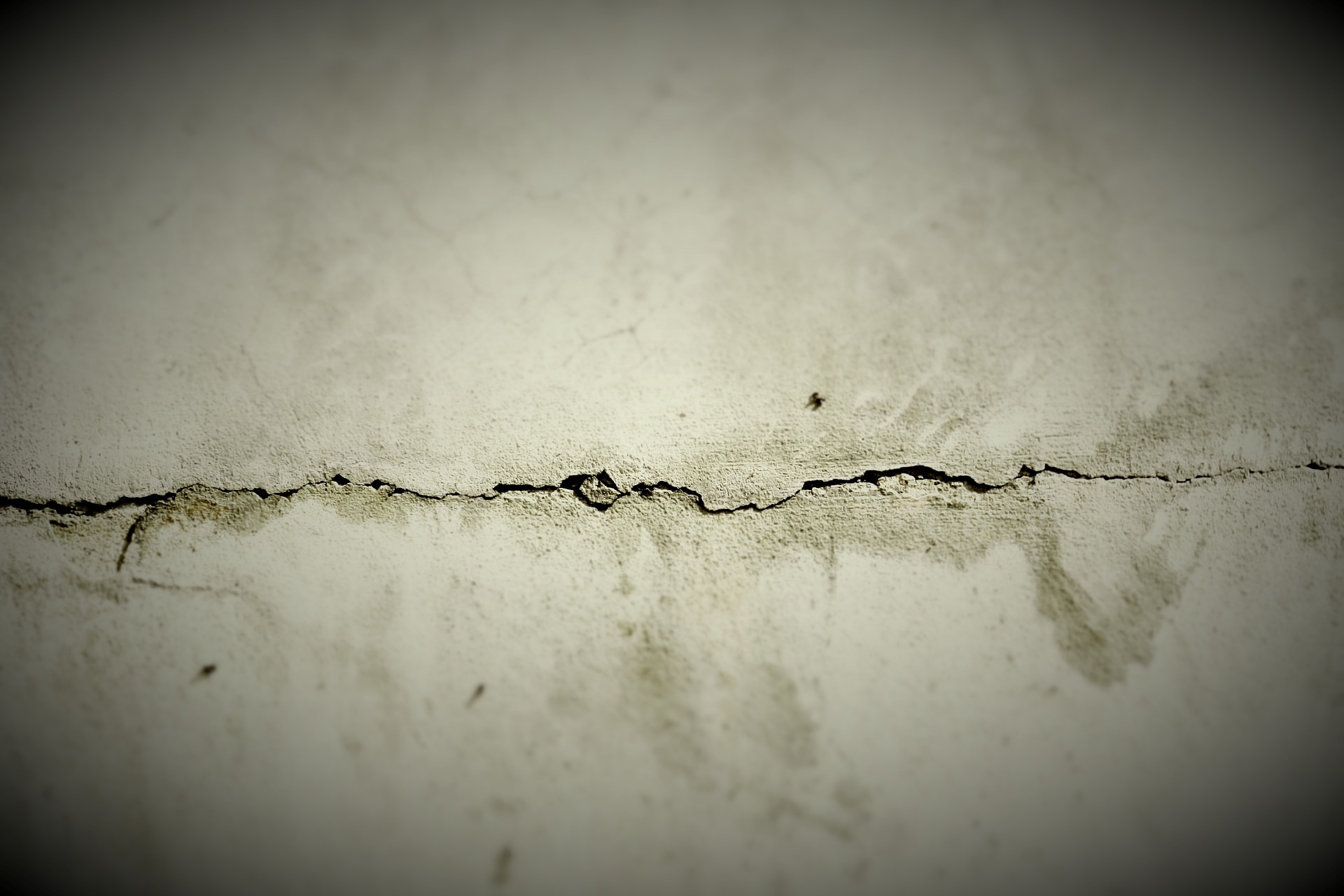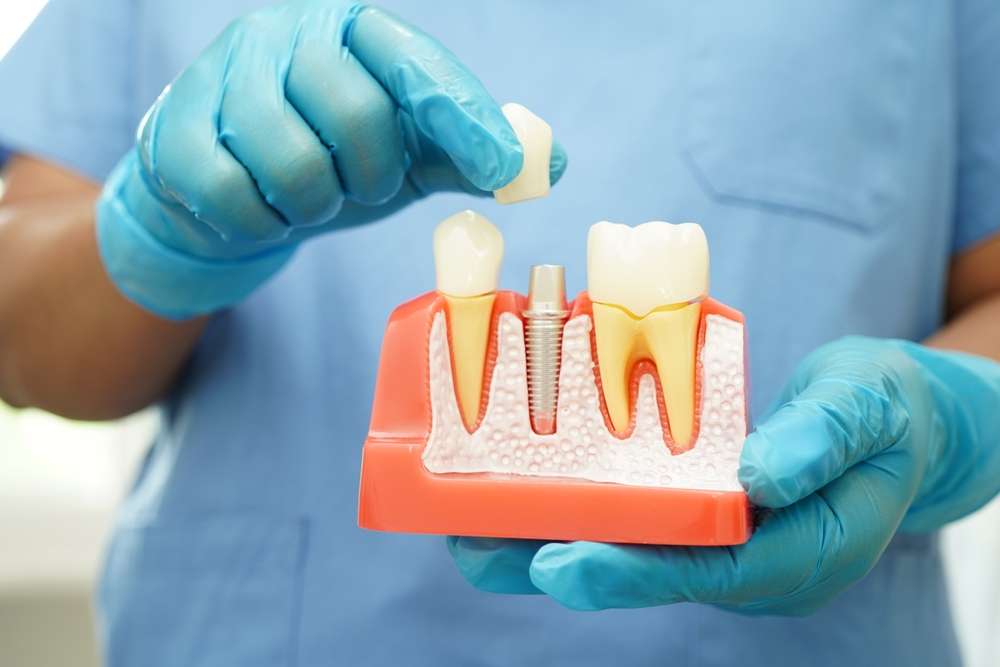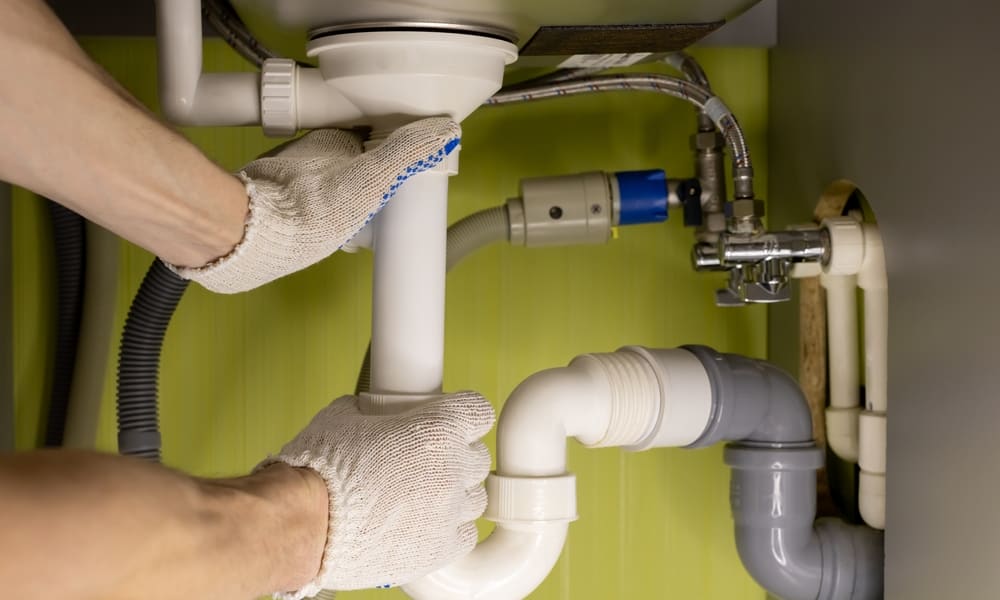Long-Term Solutions for Concrete Surface Restoration
Concrete surfaces endure constant stress from weather, traffic, and structural settling, leading to cracks, spalling, and deterioration over time. Understanding how to properly restore damaged concrete ensures structural integrity, prevents costly future repairs, and maintains property aesthetics. This comprehensive guide explores proven restoration techniques, repair methods, and strategic approaches to preserving concrete surfaces for decades to come.

Concrete damage is more than a cosmetic concern. Left unaddressed, minor surface cracks can evolve into significant structural problems that affect the stability and safety of buildings, pathways, and other installations. Recognising the importance of timely intervention and selecting appropriate repair methods can save property owners considerable expense while preserving the longevity of their concrete structures.
Why Timely Concrete Repair Protects Your Property Value
Delaying concrete repairs can lead to accelerated deterioration that impacts property value in multiple ways. When cracks remain untreated, water infiltration becomes a serious concern, particularly during the UK’s wet seasons. Moisture penetrates through surface fissures, reaching the reinforcement bars within the concrete. This exposure causes rust and expansion, which further widens cracks and weakens the overall structure.
Beyond structural concerns, visible concrete damage affects curb appeal and marketability. Potential buyers or tenants often view cracked concrete as a sign of neglect, which can reduce perceived property value and complicate sales negotiations. Regular maintenance and prompt repairs demonstrate responsible property stewardship, helping maintain or even enhance market value.
Timely repairs also prevent minor issues from escalating into major reconstruction projects. A small crack that costs relatively little to fill today could develop into a foundation problem requiring thousands of pounds in remediation work tomorrow. By addressing damage early, property owners protect their investment while avoiding disruptive and expensive future repairs.
Expert Methods for Filling Concrete Cracks Effectively
Professional concrete repair relies on selecting the right technique for each specific situation. For hairline cracks measuring less than 0.3mm wide, epoxy injection provides an effective solution. This method involves injecting liquid epoxy resin into the crack under pressure, creating a bond stronger than the surrounding concrete itself. The material cures to form a waterproof seal that prevents further deterioration.
For wider cracks ranging from 0.3mm to 6mm, routing and sealing offers a reliable approach. This technique involves using specialised tools to widen and clean the crack, creating a uniform channel that accepts sealant material more effectively. Professionals then fill the prepared channel with flexible polyurethane or epoxy-based sealants that accommodate minor structural movement without breaking.
Stitching represents another advanced method for repairing active cracks that continue to move. This technique involves drilling holes across the crack at regular intervals and inserting metal staples or stitching dogs. These reinforcements span the crack, distributing stress and preventing further widening. Stitching works particularly well for structural repairs where maintaining load-bearing capacity is essential.
Choosing Between Surface and Structural Concrete Repairs
Understanding the difference between surface-level and structural repairs helps property owners make informed decisions about appropriate interventions. Surface repairs address cosmetic damage and minor deterioration that does not compromise the concrete’s load-bearing function. These repairs typically involve patching compounds, resurfacing treatments, or thin overlay systems that restore appearance and provide weather protection.
Structural repairs, by contrast, address damage that affects the concrete’s ability to support loads safely. Signs requiring structural intervention include wide cracks exceeding 6mm, spalling that exposes reinforcement, significant deflection, or damage affecting foundation elements. These repairs often involve more extensive work, including reinforcement installation, partial reconstruction, or underpinning to stabilise compromised sections.
Professional assessment proves crucial when determining repair scope. Structural engineers can evaluate crack patterns, measure deflection, and use diagnostic tools to identify underlying causes. This analysis ensures repairs address root problems rather than merely treating symptoms, providing lasting solutions that prevent recurrence.
Advanced Solutions for Comprehensive Concrete Restoration
Modern concrete restoration extends beyond simple crack filling to encompass comprehensive surface rehabilitation. These advanced approaches restore both structural integrity and aesthetic appeal, making them suitable for properties where appearance matters alongside functionality.
One popular method involves concrete resurfacing, which applies a thin layer of specialised overlay material across damaged surfaces. This technique conceals minor cracks, staining, and surface irregularities while adding a protective barrier against future weathering. Resurfacing products often include polymer modifiers that enhance flexibility and adhesion, creating durable finishes that withstand UK weather conditions.
For severely damaged concrete, full-depth restoration may prove necessary. This approach involves removing deteriorated material to sound concrete, treating exposed reinforcement against corrosion, and rebuilding the section with high-performance repair mortars. While more intensive than surface treatments, full-depth restoration provides the most reliable long-term solution for extensively damaged structures.
| Service Type | Typical Applications | Key Features |
|---|---|---|
| Epoxy Injection | Hairline to narrow cracks | High strength, waterproof seal, minimal surface preparation |
| Routing and Sealing | Medium-width cracks | Flexible, accommodates movement, weather-resistant |
| Concrete Resurfacing | Surface deterioration, cosmetic damage | Aesthetic improvement, protective coating, quick application |
| Structural Stitching | Active cracks, load-bearing elements | Reinforces structure, prevents crack growth, maintains capacity |
| Full-Depth Restoration | Severe deterioration, exposed reinforcement | Comprehensive repair, long-term durability, structural integrity |
Maintaining Restored Concrete Surfaces
Successful concrete restoration requires ongoing maintenance to maximise repair longevity. Regular cleaning removes debris and contaminants that could compromise sealants or surface treatments. Property owners should inspect concrete surfaces seasonally, paying particular attention after freeze-thaw cycles when new cracks commonly appear.
Applying penetrating sealers every few years provides additional protection against moisture infiltration and chemical damage. These products penetrate the concrete surface, forming a protective barrier that repels water while allowing vapour transmission. This breathability prevents moisture from becoming trapped within the concrete, which could cause internal damage.
Addressing drainage issues also contributes to long-term concrete health. Ensuring proper water runoff prevents pooling that accelerates deterioration through repeated saturation and freeze-thaw action. Simple improvements like cleaning gutters, adjusting downspouts, or regrading adjacent soil can significantly extend the life of repaired concrete surfaces.
Concrete restoration represents a valuable investment in property preservation and safety. By understanding available repair methods, recognising when professional intervention becomes necessary, and maintaining restored surfaces properly, property owners throughout the United Kingdom can ensure their concrete structures remain sound and attractive for decades. Whether addressing minor cosmetic concerns or significant structural issues, selecting appropriate restoration approaches protects both immediate functionality and long-term property value.




